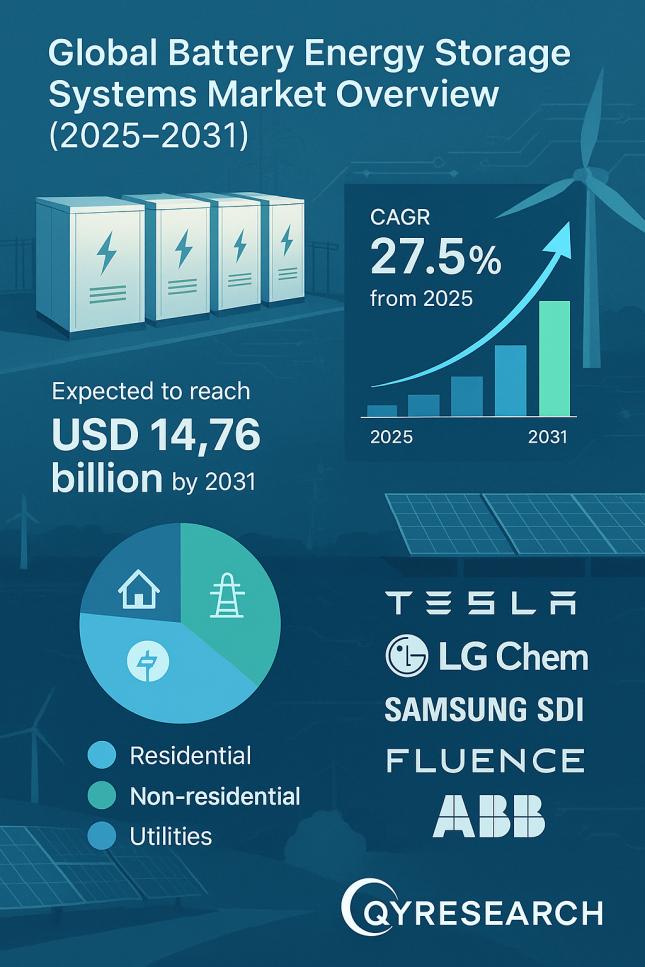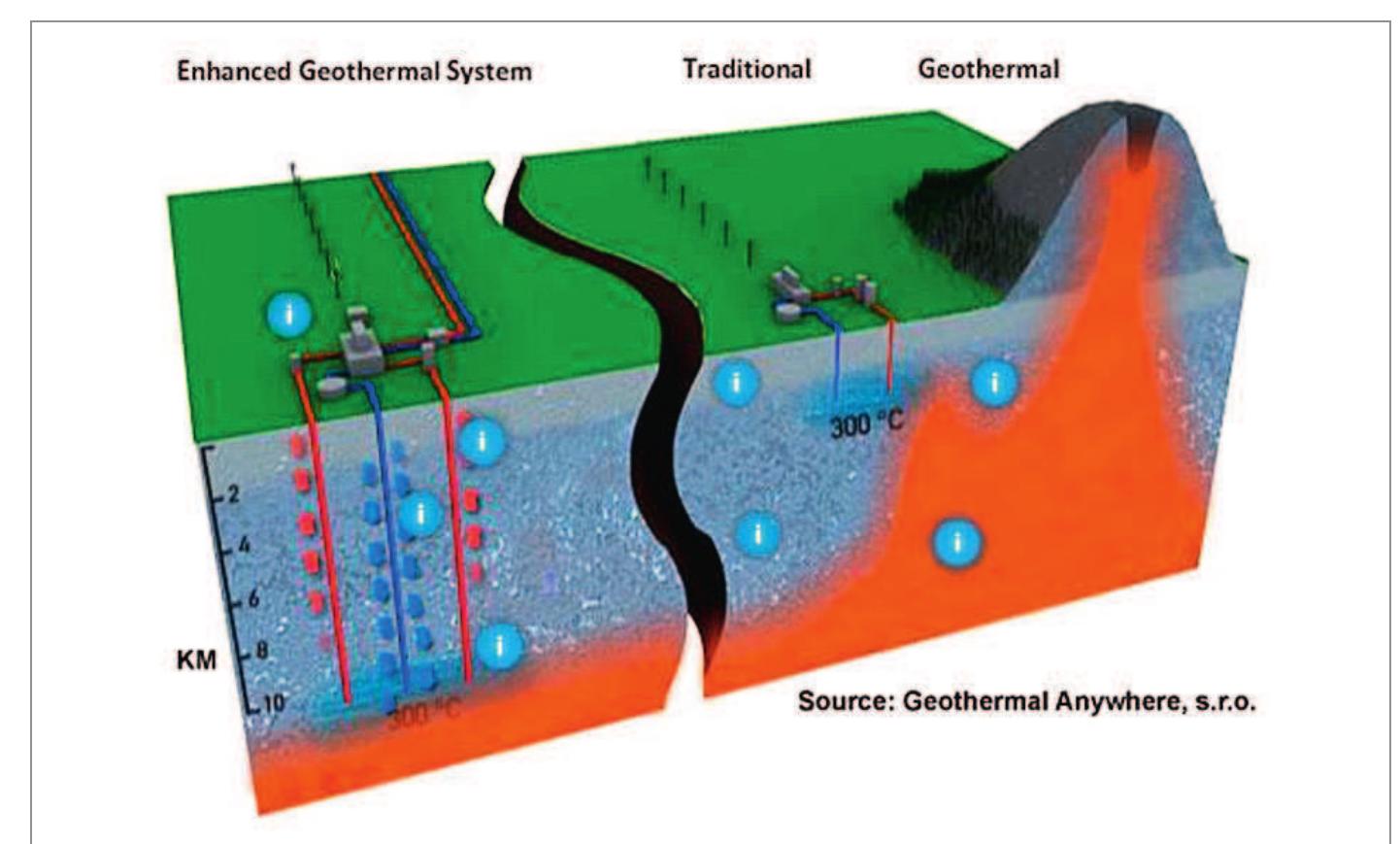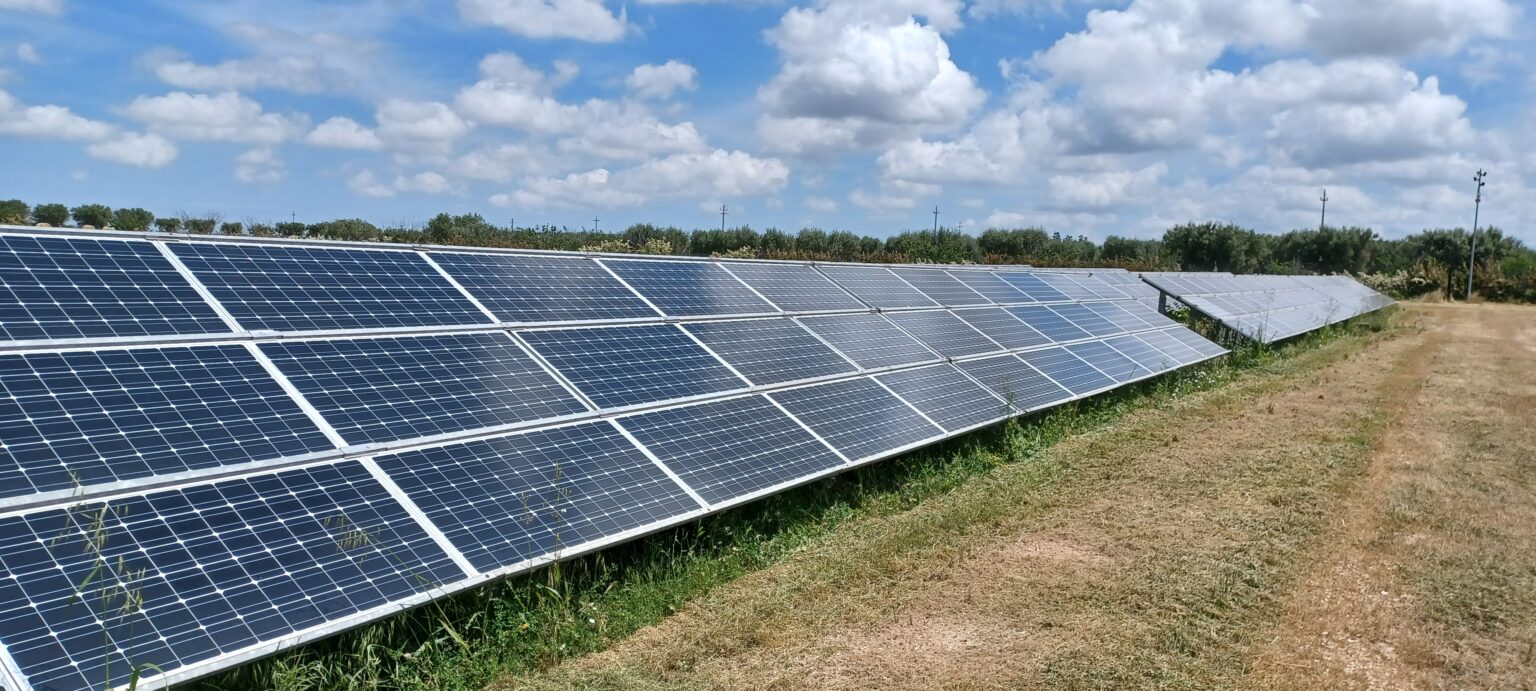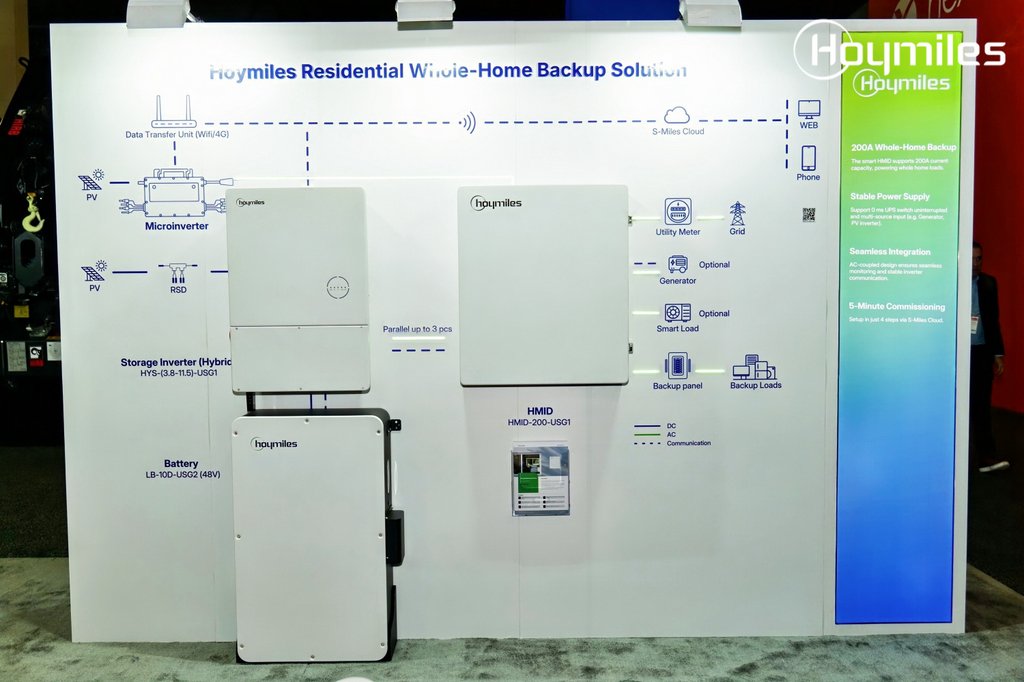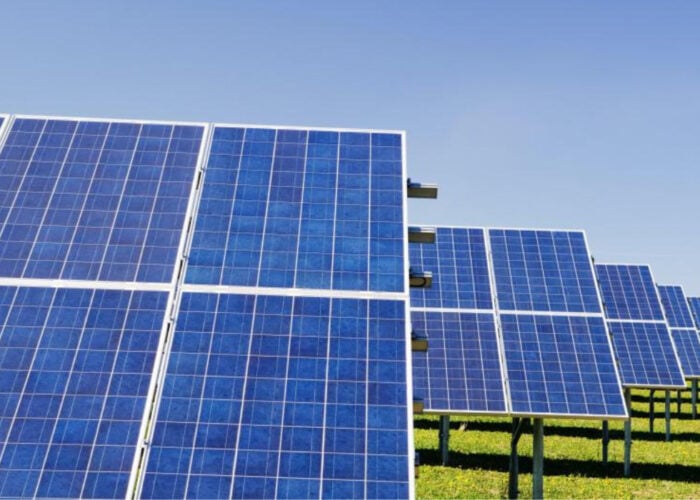
Global Home Energy Management System Market

Dublin, Feb. 21, 2024 (GLOBE NEWSWIRE) — The “Global Home Energy Management System Market – Outlook & Forecast 2024-2029” report has been added to ResearchAndMarkets.com’s offering.
Introduction
The global home energy management system market was valued at USD 4.02 billion in 2023 and is expected to grow at a CAGR of 15.23% from 2023-2029.

Recent Developments in the Home Energy Management System Market
-
Schneider Electric’s Home Energy Management System
In 2023, Schneider Electric launched a home energy management system integrating EV charging, storage, solar, and appliances. This Schneider Home platform is the consumer energy management system (EMS) that incorporates all household appliances and energy endpoints in one interface that can be monitored through a single smartphone application.
-
Enphase Energy’s Home Energy Management System
In 2023, Enphase Energy launched its new home energy management system in Austria and Germany. It introduced its IQT Energy Router family of devices to allow the integration of select third-party heat pumps and electric vehicle (EV) chargers into its solar and battery systems. The IQ Energy Router incorporates EV chargers, whereas the IQ Energy Router+ works with heat pumps and EV chargers.
-
Huawei’s Home Energy Management System
In 2023, at the 16th SNEC PV Power Expo in Shanghai, Huawei launched its brand new FusionSolar strategy and all-scenario Smart PV+Energy Storage System (ESS) solutions. These solutions show the company’s obligation to compel global transformation towards carbon neutrality.
-
Samsung’s Home Energy Management System
At CES 2023, Samsung unveils a technology that places sustainability at the core of the user experience. Its efforts to expand and enrich SmartThings Energy have propelled the U.S. Environmental Protection Agency (EPA) to award Samsung the industry’s first mass-market Smart Home Energy Management Systems (SHEMS) certification.
INSIGHTS BY COMPONENT
The hardware component segment dominated the global home energy management system market in 2023 and is projected to witness the highest segmental CAGR during the forecast period. Hardware includes all the physical components in the home energy management system, including energy meters, smart thermostats, and others. The central unit of the home energy management system is the key part of hardware essential for the system’s functioning. Smart meters are key hardware installed, as they deliver real-time data on electricity usage, providing useful insights into energy consumption patterns. Several homeowners are investing
SDGs, Targets, and Indicators
1. Which SDGs are addressed or connected to the issues highlighted in the article?
- SDG 7: Affordable and Clean Energy
- SDG 9: Industry, Innovation, and Infrastructure
- SDG 11: Sustainable Cities and Communities
- SDG 13: Climate Action
The article discusses the global home energy management system market, which is related to providing affordable and clean energy solutions for households. It also highlights the development of new technologies and infrastructure in the industry, contributing to innovation and sustainable cities. Additionally, the focus on energy efficiency and reducing carbon footprint aligns with the goal of climate action.
2. What specific targets under those SDGs can be identified based on the article’s content?
- Target 7.2: Increase the share of renewable energy in the global energy mix
- Target 9.4: Upgrade infrastructure and retrofit industries to make them sustainable
- Target 11.6: Reduce the environmental impact of cities, including air quality and waste management
- Target 13.2: Integrate climate change measures into national policies, strategies, and planning
The article mentions the integration of renewable energy sources, such as solar panels, into home energy management systems, which contributes to increasing the share of renewable energy in the global energy mix (Target 7.2). The development of new technologies and infrastructure in the industry aligns with the target of upgrading infrastructure and retrofitting industries to make them sustainable (Target 9.4). The focus on energy efficiency and reducing environmental impact in cities relates to the target of reducing the environmental impact of cities (Target 11.6). Lastly, the article mentions the obligation to compel global transformation towards carbon neutrality, which aligns with the target of integrating climate change measures into national policies, strategies, and planning (Target 13.2).
3. Are there any indicators mentioned or implied in the article that can be used to measure progress towards the identified targets?
- Indicator 7.2.1: Renewable energy share in the total final energy consumption
- Indicator 9.4.1: CO2 emissions per unit of value added
- Indicator 11.6.2: Annual mean levels of fine particulate matter (e.g., PM2.5) in cities
- Indicator 13.2.1: Number of countries that have communicated the establishment or operationalization of an integrated policy/strategy/plan
The article does not explicitly mention these indicators, but they can be used to measure progress towards the identified targets. For example, Indicator 7.2.1 can measure the share of renewable energy in the total final energy consumption, Indicator 9.4.1 can measure CO2 emissions per unit of value added, Indicator 11.6.2 can measure the levels of fine particulate matter in cities, and Indicator 13.2.1 can measure the number of countries that have communicated the establishment or operationalization of an integrated policy/strategy/plan.
SDGs, Targets, and Indicators Table
| SDGs | Targets | Indicators |
|---|---|---|
| SDG 7: Affordable and Clean Energy | Target 7.2: Increase the share of renewable energy in the global energy mix | Indicator 7.2.1: Renewable energy share in the total final energy consumption |
| SDG 9: Industry, Innovation, and Infrastructure | Target 9.4: Upgrade infrastructure and retrofit industries to make them sustainable | Indicator 9.4.1: CO2 emissions per unit of value added |
| SDG 11: Sustainable Cities and Communities | Target 11.6: Reduce the environmental impact of cities, including air quality and waste management | Indicator 11.6.2: Annual mean levels of fine particulate matter (e.g., PM2.5) in cities |
| SDG 13: Climate Action | Target 13.2: Integrate climate change measures into national policies, strategies, and planning | Indicator 13.2.1: Number of countries that have communicated the establishment or operationalization of an integrated policy/strategy/plan |
Behold! This splendid article springs forth from the wellspring of knowledge, shaped by a wondrous proprietary AI technology that delved into a vast ocean of data, illuminating the path towards the Sustainable Development Goals. Remember that all rights are reserved by SDG Investors LLC, empowering us to champion progress together.
Source: finance.yahoo.com

Join us, as fellow seekers of change, on a transformative journey at https://sdgtalks.ai/welcome, where you can become a member and actively contribute to shaping a brighter future.

